Warning: Undefined variable $k in /home/nginx/domains/wired2fishcom.bigscoots-staging.com/public/wp-content/themes/understrap-child-0.6.0/functions.php on line 984
Warning: Undefined variable $k in /home/nginx/domains/wired2fishcom.bigscoots-staging.com/public/wp-content/themes/understrap-child-0.6.0/functions.php on line 987
What does the term “terminal tackle” mean? Most would agree it’s easier to give examples of different types of terminal tackle than it is to define the breadth of the term in its entirety. Hooks, weights, split rings, blades, pegs and the like are all examples of terminal tackle. Let’s get into all about terminal tackle.
These bits and pieces of the bass fishing world come together in different combinations to create many of the popular baits and rigs we use for a variety of different situations. From the blades, swivels and other components that go into a spinnerbait to the beads, swivels, weights and hooks used to build a Carolina rig, terminal tackle can mean a lot of different things.
In an attempt to offer a catch-all definition, terminal tackle is any part that is used in the creation of bass fishing rigs and baits. Here are some of the more popular types of terminal tackle.
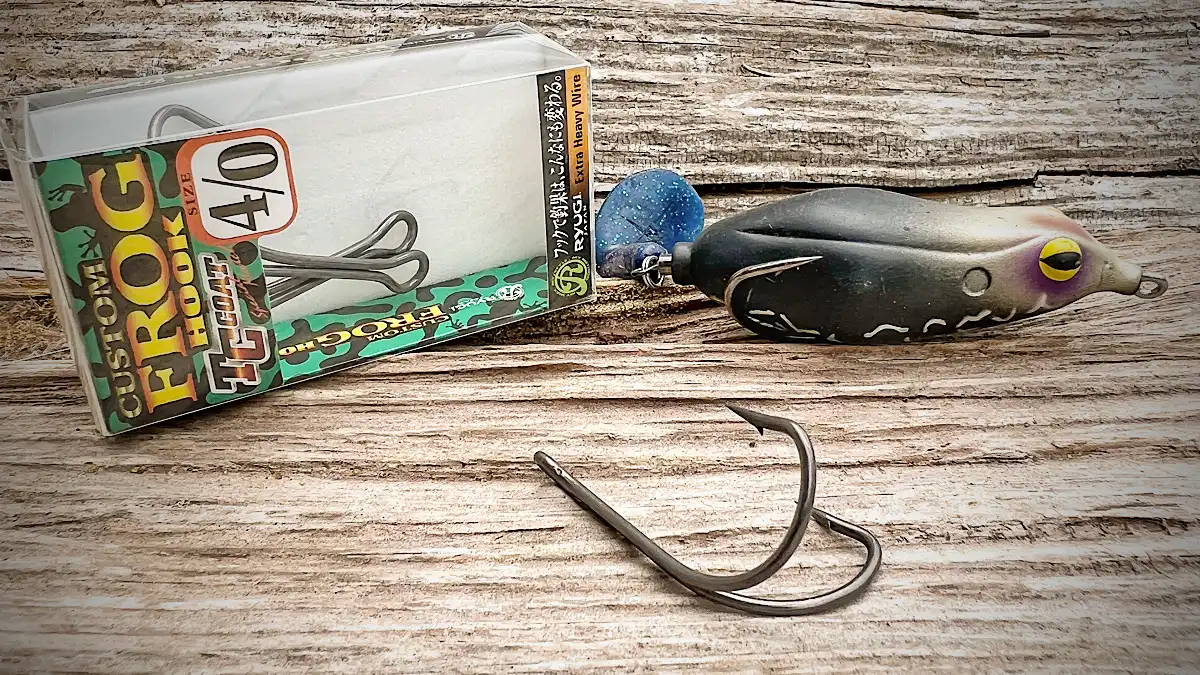
TYPES OF TERMINAL TACKLE
Most common:
- Hooks
- Weights
- Jigheads
Components:
- Swivels
- Blades
- Snaps
- Split rings
- Beads
Add-ons:
- Rattles
- Pegs
- Bobber stoppers
- Spring/Screw locks
- Coneheads
- Trailer hook keepers
- Humdingers
- Wacky rings
- Punch skirts
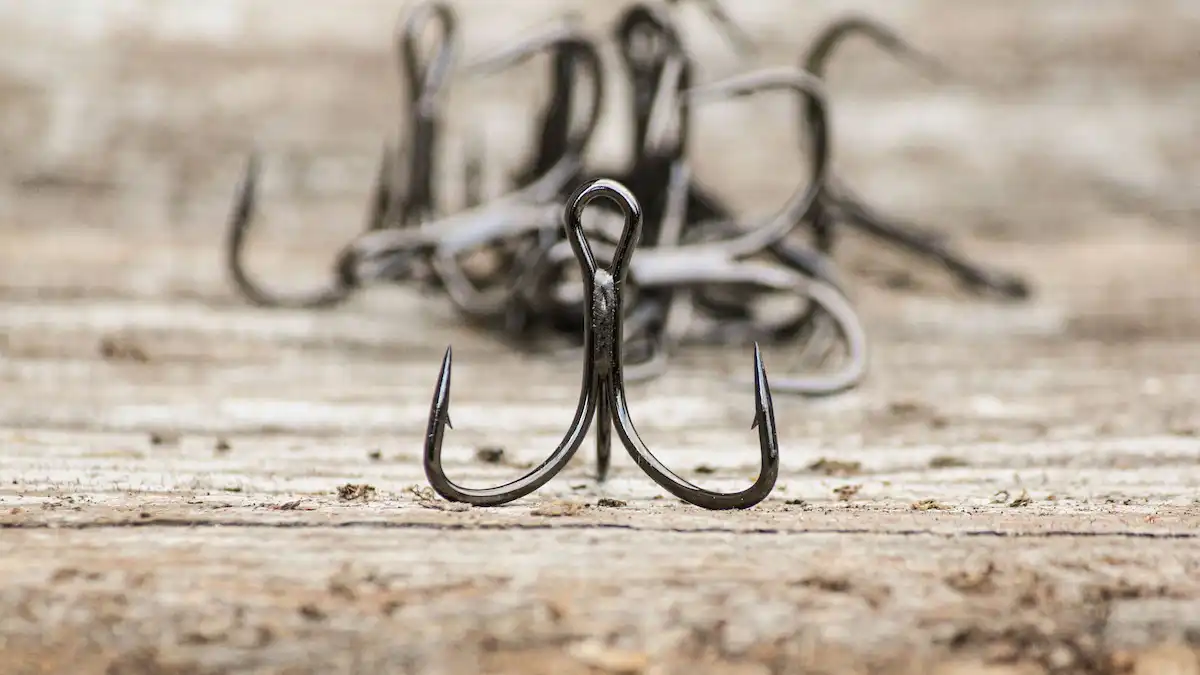
TERMINAL TACKLE: HOOKS
Hooks make up the broadest subcategory of terminal tackle. There are single hooks for rigging soft plastics, double hooks used in hollow body frogs, treble hooks for hard baits and even niche 4-pronged “quad” hooks used by some anglers. Then there are subcategories of these four subcategories, separated out based on the bend of the hook, the shank of the hook, the point of the hook, the bait keeper of the hook and the list goes on.
Bass hooks also come in a wide range of sizes, from smaller than size 4 to 8/0 and beyond (the higher the number, the smaller the hook 2<1<1/0<2/0). The point is, hooks come in hundreds of combinations of shapes and sizes. Use this helpful guide to select the right bass hook for a given situation.
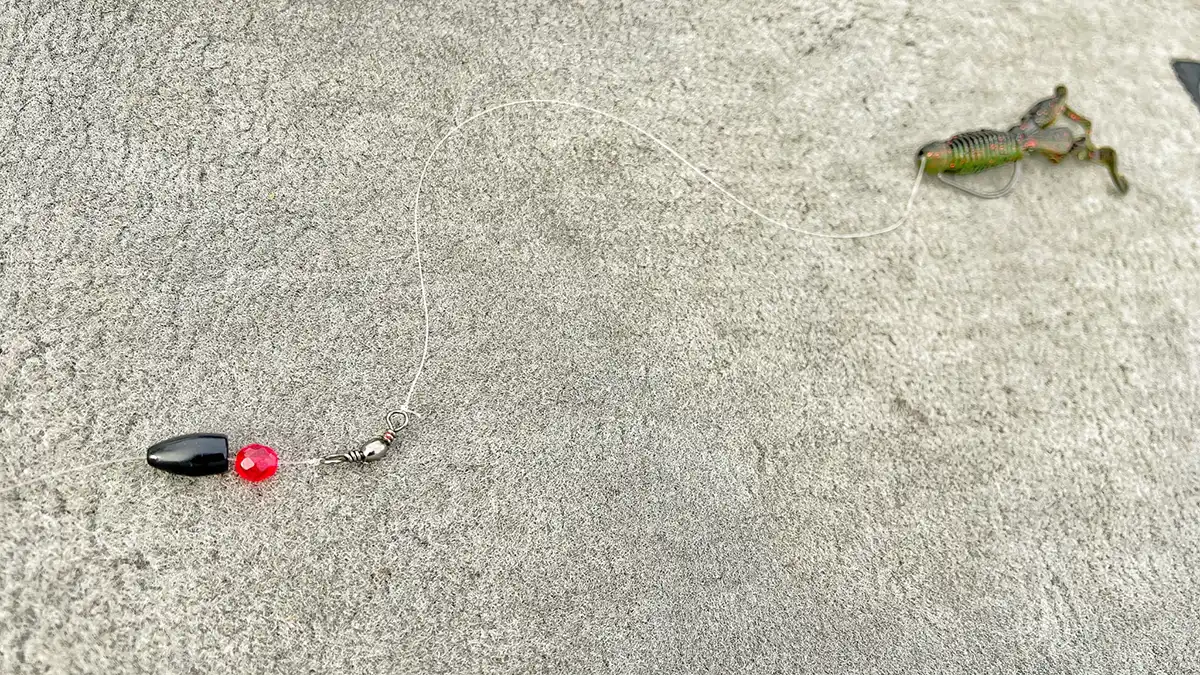
TERMINAL TACKLE: WEIGHTS
There are nearly as many different weights designed for bass fishing as there are hooks. You have heavy weights for punching, cylindrical weights for Carolina rigs, bullet weights for Texas rigs, split shot weights, dropshot weights, bell weights and the list goes on.
Each of these weights is specifically designed to accomplish a particular task. Conical shaped bullet weights, for instance, are used with Texas rigs so that the whole rig can be dragged along the bottom without the weight catching on cover the way the blunt end of an egg weight or cylindrical weight might. Cylindrical weights have more surface area to create better bottom contact, a key reason they are used with Carolina rigs. Use this helpful guide to select the right bass fishing weight for your particular scenario.
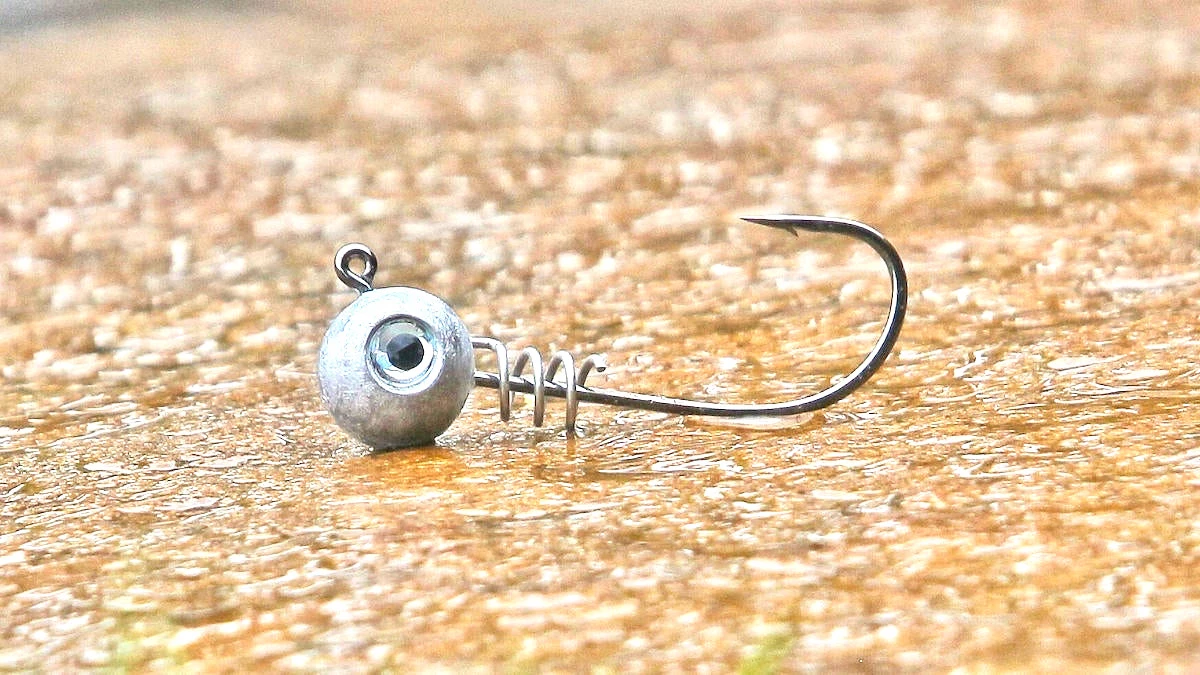
TERMINAL TACKLE: JIGHEADS
Keeping to the more popular types of terminal tackle, next up is the category that combines a weight with a hook: jigheads. Jigheads are basically a hook that has some kind of weight attached to it. The weight is almost always molded to the hook (like with Ned rigs, shakyheads and swimbait heads) but there are some situations where the weight is connected to the hook using a hinge (like with a wobble head).
Jigheads are typically used in conjunction with soft plastics like worms, swimbaits and minnow-style lures. You can also add a skirt to a jighead and, in effect, turn a jighead into a jig like a flipping jig, football jig or swim jig. For the sake of simplicity, we’ll also lump bladed jigheads into this category like Z-Man’s WillowVibe as well as jigheads with collars, like Scroungers.
Here are some common jigheads and how they differ.

TERMINAL TACKLE: COMPONENTS
Components are essentially the little nuts and bolts (other than hooks and weights) that are used to assemble baits (like spinnerbaits) and rigs (like Carolina rigs). Think of a component as a brush stroke of a bigger picture. Each stroke of the brush is a key element that cannot be left out of a bait or rig without altering the whole thing. Think about the brass beads, U-shaped spin crevices, swivels and blades that go into making spinnerbaits. These are all components.
Examples of components:
- Swivels
- Blades
- Snaps
- Clevises
- Split rings
- Snaps
- Beads

TERMINAL TACKLE: ADD-ONS
Add-ons are pieces of terminal tackle that enhance other baits and rigs, but aren’t necessary for their normal function. For example, a Texas rigged tube works well, but adding a rattle to it in muddy water makes it that much better. The same for bobber stoppers and pegs. They can be used to secure a bullet weight near the nose of a soft plastic worm on a Texas rig, but the Texas rig can still function without a bobber stopper.
Examples of add-ons:
- Rattles
- Pegs
- Bobber stoppers
- Spring/Screw locks
- Coneheads
- Trailer hook keepers
- Humdingers
- Wacky rings
- Punch skirts

TERMINAL TACKLE STORAGE
A good system for storing terminal tackle is essential. Many of these items are subject to rust and corrosion, so you’ll want to store metal items like hooks, blades and swivels in waterproof boxes. Keep your terminal tackle organized and in good working order to save you time on the water. Here are a couple reviews on some of our favorite terminal tackle storage solutions as well as a DIY article on how to build your own terminal tackle box.
SPRO Terminal Tackle Box Review
Cal Coast Battle Box Tackle Storage Review
How to make your own terminal tackle box
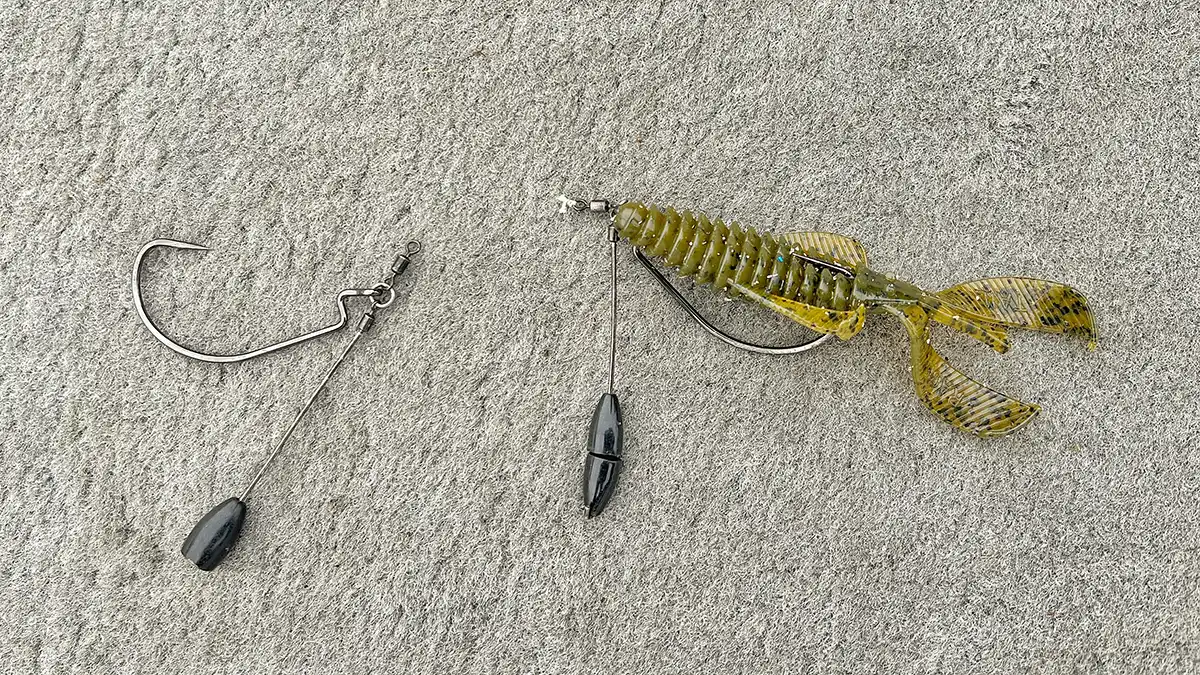
IN CONCLUSION
Not even the different subcategories we covered here fully capture all the items that can be deemed terminal tackle. Take a Tokyo rig for example. A wire, ring, hook and swivel assembly like the VMC Tokyo Rig doesn’t fall cleanly into any of these categories. Though it is made up of components, it’s a piece of terminal tackle itself, much like a jighead. However, it doesn’t fall into the jighead category either.
Other things, like zip ties, can be used to reinforce rubber skirt collars on spinnerbaits and jigs. Or the clicker end can be slipped onto a hook as a trailer hook keeper. A zip tie can be used to accomplish a handful of other tasks as well in regards to baits and rigs. Although a zip tie isn’t really a component or an add-on every time, it’s one or the other at different times.
The goal is to have a good sampling on hand of anything you might need when it comes to terminal tackle. Have it all stored in a quality terminal tackle box. Additionally, have the know how to use these different pieces of terminal tackle should the need arise. Hopefully this article, and the others we’ve linked to throughout it, will help you do just that.












